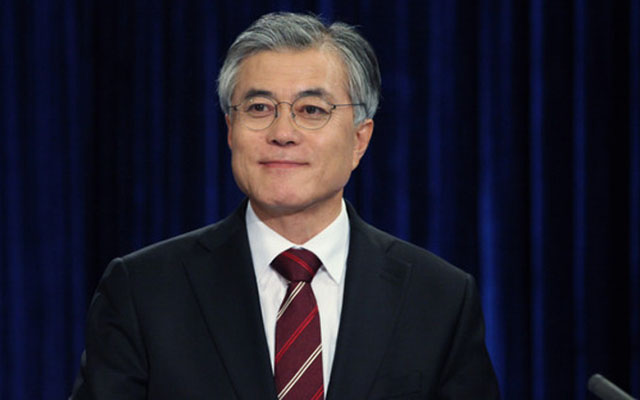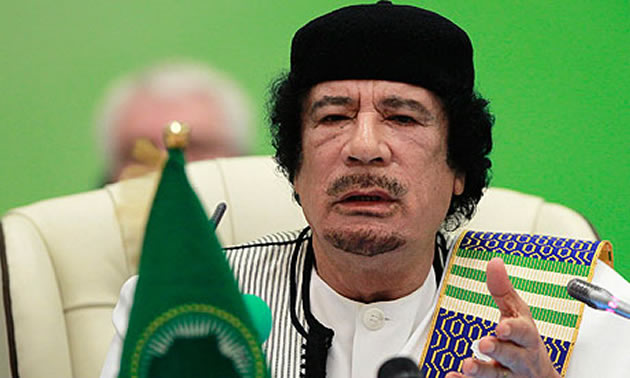South Korea’s Moon Jae-in and the DPRK

Sharon Hofisi Legal Letters
THE President of South Korea, liberal reformer Moon Jae-in, advocates an engagement policy with his North Korean counterpart, Kim Jong-Un. He is no stranger to optimism – if his “sunshine policy” of 1998 to 2008 is considered. He was also opposed to former South Korean president Park Geun-hye, who moved for tough sanctions and aggressive rhetoric against the DPRK. For starters, through the doctrine of structural constitutional law, Park Geun-hye was impeached. For students of strategic studies, Geun-hye was daughter to former South Korean president Park Chung-hee, who was an advocate of a tough policy with the DPRK.
Geun-hye, the 11th and first female president of South Korea, was impeached in December 2016 through a motion that was carried by a wider-than-expected 234-56 margin in a secret ballot in Parliament.
Comparative constitutional law has shown that besides South Korea, the United States moved for the impeachment of presidents Nixon and Bill Clinton. For president Richard Nixon, who was the 37th president of the United States and the first US president to leave office by way of resignation, on June 17, 1972. Frank Wills discovered the “spying” burglary.
The US House of Representatives approved the impeachment of president Bill Clinton in 1998, on charges of perjury to a federal grand jury and obstructing justice. The impeachment revolved around the Monica Lewinsky association.
He was acquitted of perjury when 45 Democrats and 10 Republicans voted “not guilty”, and on the charge of obstruction of justice the Senate vote was split 50-50.
The reason for Moon Jae-in’s open dialogue with the DPRK is steeped in political realism – “security crisis” in the Korean Peninsula. The geopolitical importance of the Korean Peninsula cannot escape scrutiny to any student of strategic studies or international law.
Understandably, Moon’s policy cannot be divorced from the fact that he was an aspiring candidate for the South Korean presidency some five or so years ago when Geun-hye won the presidency (Wallestein, 2012).
Historically, the peninsula has witnessed hot wars – very hot to the extent of shaping modern day’s art of war. The year 1950 saw the two Koreas going to war against each other. South Korea was assisted by the United States. Wallestein (ibid) argues that troops from 16 countries participated in that war.
A stalemate resulted at that time in history. A geopolitical stalemate may not be the best case scenario for President Moon. The reasons are plenty. Firstly, the 1950 war is seen as a war which has never ended if regard is made to the absence of a war treaty. This is notwithstanding the fact that there has not been a hot war – great hostility remains and political skirmishes are regularly witnesses.
Secondly, President Moon recognises the both the geopolitical interests and the geopolitical significance of Japan, the United States and China. Japan and China depend on the two Koreas for trade. The peninsula is sandwiched between the two countries. Any Korea can stop anything destined for the two countries (Sedhain, 2017).
No wonder Moon’s speech is pitched to the US, China and Japan: “fly to Washington, and also visit Beijing and Tokyo”. Students of history perhaps know that Japan invaded Korea in 1592. The military conflict ended in 1596, and 1598 saw a total Japanese withdrawal. Toyotomi Hedeyoshi is frequently mentioned in that famous “September Withdrawal”.
The US considers South Korea to be a strategic ally. Although it closed most military bases in South Korea, critics argue that there appears to be a return to the Cold War era containment strategy because the US still has some 28 500 troops. This gives South Korea the assurance that the US is a geopolitical player in the peninsula.
China’s involvement in the peninsula is strategically significant. The peninsula is considered to be a strategic war-point. This geopolitical location influences the future of China, Japan and the US – and perhaps Russia.
The Korean ground witnessed the history of China-Japan war, Russia-Japan war and the US-China war. For military reasons, China, Russia, and the US are members of the United Nations Security Council. Their mandate is to maintain international peace and security.
On nuclear diplomacy, Moon’s open democracy may be a workable solution to achieve peace in the peninsula. Ask me why? Quick notes show that the DPRK withdrew from the Nuclear Non-Proliferation Treaty in 2003. It may be difficult for the international community to call the DPRK to order through open confrontation strategies.
Further, countries like China have “cat” models of engagement – what matters is that the cat catches the mice. President Moon rightfully appreciates the fact that China wields the will to engage the DPRK over the political events and nuclear developments that are currently obtaining in the peninsula. I am tempted to agree with President Moon’s principle of optimistic anticipation: “under the right conditions, I will go to Pyongyang. For peace on the Korean Peninsula, I will do everything that I can do”.
Sharon Hofisi is a lawyer and writes in his own capacity. Feedback [email protected]







Comments